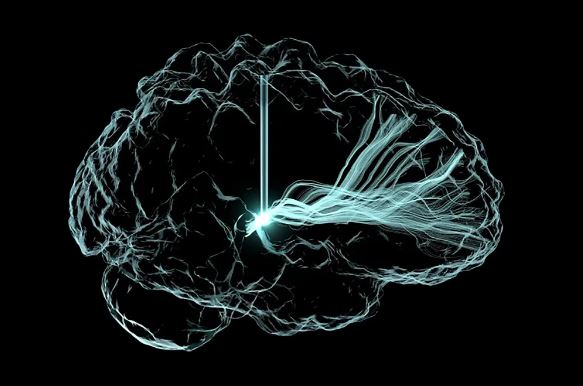Traumatic brain injuries, affecting over five million Americans, often lead to permanent disabilities, hindering individuals from performing even basic tasks. Many face challenges such as difficulty focusing, forcing them to abandon jobs or quit school. In a ray of hope, a recent study published on Monday explores the potential benefits of electrodes implanted in the brains of individuals with moderate to severe brain injuries.
If the results stand the test of larger clinical trials, these implants could emerge as the first effective therapy for chronic brain injuries, offering hope for those grappling with the long-term consequences. Led by Dr. Nicholas Schiff, a neurologist at Weill Cornell Medicine in New York, the study involved five participants with brain injuries. As electrodes stimulated their brains, there was a notable improvement in their performance on cognitive tests.
The potential breakthrough comes after years of research on the brain’s structure, indicating that the brain’s ability to focus on tasks relies on an interconnected network of regions linked by long branches of neurons. Disruption of these connections, often occurring due to traumatic incidents, can lead to a coma.
In the study, the researchers identified a crucial hub in the brain network known as the central lateral nucleus. Situated deep inside the brain, this thin sheet of neurons plays a vital role in the brain’s networked functions. Stimulating these neurons has shown promise in waking up a sleeping rat in previous studies, suggesting it could help people with traumatic brain injuries regain focus and attention.
Taking inspiration from surgeries involving electrode implants in Parkinson’s disease patients, where tiny electric pulses restore brain functions, Dr. Schiff and his team began recruiting volunteers with chronic brain injury problems. The electrodes were implanted in six volunteers, with one dropping out due to a scalp infection.
The remaining five participants underwent follow-up tests a month after the surgery, revealing significant improvements. Cognitive test scores in tasks requiring focus and task-switching jumped between 15% to 52%. One volunteer, Gina Arata, who had lived with fatigue, memory issues, and emotional challenges for 18 years after a car crash, experienced a profound change in her life after the implant.
The participants’ experiences were not limited to test scores; their families noted transformative changes. Most volunteers expressed feeling more like their former selves. Dr. Steven Laureys, a neurologist at the University of Liège in Belgium, remarked that the study supported the theory that attention and thinking depend on a brainwide network.
While acknowledging the potential of implant surgeries to be expensive, Dr. Laureys emphasized the importance of recognizing the silent epidemic of traumatic brain injuries affecting millions of people. Dr. Schiff and his team plan to conduct more extensive studies on brain implants, recognizing the need to delve deeper into understanding brain regions that show promise as hubs in the network.
Dr. Alex Green, a neurosurgeon at the University of Oxford, commented on the ongoing pursuit, stating that the best place to stimulate in the brain is yet unknown. He and his colleagues are preparing their own brain injury trial to explore electrodes in a region called the pedunculopontine nucleus. While challenges and uncertainties remain, the study offers a beacon of hope for those grappling with the long-term consequences of traumatic brain injuries.

